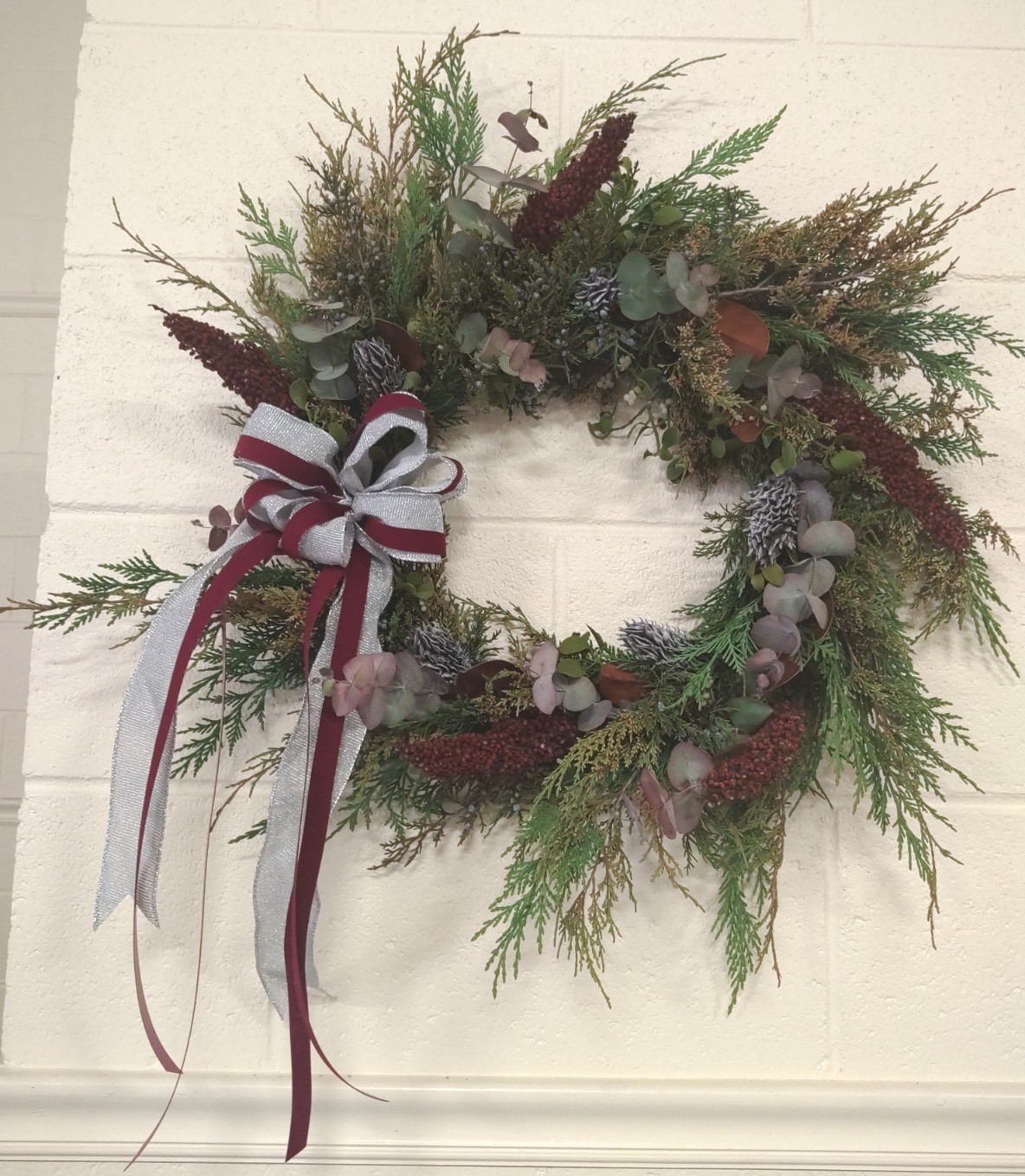Fresh Cut Christmas Tree and Other Holiday Decoration Tips
go.ncsu.edu/readext?900270
en Español / em Português
El inglés es el idioma de control de esta página. En la medida en que haya algún conflicto entre la traducción al inglés y la traducción, el inglés prevalece.
Al hacer clic en el enlace de traducción se activa un servicio de traducción gratuito para convertir la página al español. Al igual que con cualquier traducción por Internet, la conversión no es sensible al contexto y puede que no traduzca el texto en su significado original. NC State Extension no garantiza la exactitud del texto traducido. Por favor, tenga en cuenta que algunas aplicaciones y/o servicios pueden no funcionar como se espera cuando se traducen.
Português
Inglês é o idioma de controle desta página. Na medida que haja algum conflito entre o texto original em Inglês e a tradução, o Inglês prevalece.
Ao clicar no link de tradução, um serviço gratuito de tradução será ativado para converter a página para o Português. Como em qualquer tradução pela internet, a conversão não é sensivel ao contexto e pode não ocorrer a tradução para o significado orginal. O serviço de Extensão da Carolina do Norte (NC State Extension) não garante a exatidão do texto traduzido. Por favor, observe que algumas funções ou serviços podem não funcionar como esperado após a tradução.
English
English is the controlling language of this page. To the extent there is any conflict between the English text and the translation, English controls.
Clicking on the translation link activates a free translation service to convert the page to Spanish. As with any Internet translation, the conversion is not context-sensitive and may not translate the text to its original meaning. NC State Extension does not guarantee the accuracy of the translated text. Please note that some applications and/or services may not function as expected when translated.
Collapse ▲For those of us who love the smell of a fresh cut live Christmas tree, whether it is a Fraser Fir, White Pine, Arizona Cypress, or Eastern Red Cedar, the scent is often the fragrance we associate with Christmas, but how do we insure we are properly selecting and caring for our fresh cut Christmas tree? Here are some tips for purchasing and keeping your tree throughout the Christmas season.
Check the needle retention on the tree by rubbing the foliage when purchasing. The more the tree sheds its needles, the less ‘freshly cut’ it likely is. The condition of the tree when it was cut can also cause the needles to drop quicker. For example, if it had been dry for a prolonged period of time where the tree was growing, the tree could have less water retention and therefore, have less needle retention. The pliability of the leaves is also an indicator of the tree’s moisture. Fresh fir or spruce tree needles break when they are bent, similar to a carrot; however, they should not be brittle. An indication that a pine tree is dry is that its needles break at all. Shaking a tree is another way to judge its freshness. New, green needles should not fall off, whereas older dead needles will.
Once you have chosen your fresh cut North Carolina grown Christmas tree there are some steps to insure it stays that way throughout the Christmas season. Remove about a half inch thick disk from the base of your tree to allow water uptake and immediately put the base into water. If your tree is not going into the house immediately, place the base of the tree in a container of water outside in a shaded area. When you bring the tree inside be sure to put water in the tree stand as soon as possible. Check water level daily to prevent tree from experiencing any dry periods. If the base of the tree is out of water for three days or more you need to make a fresh cut so that the tree will take up a sufficient amount of water to keep it fresh longer.
Be sure your tree stand is large enough to support your tree and that the water reservoir will hold a large amount of water to insure proper hydration. Do not use any tree preservatives, antitranspirants, or other additives in the water. Research shows that water additives are not needed and in many cases cause adverse effects. Place tree away from any heat source and turn off any vents that may blow directly onto your tree. Even placing your tree in front of a south facing window can cause it to dry out quicker. Tree lights should only be on when you are at home and should be turned off when you go to bed. Always check all electrical cords before using on or near your tree. If your tree does dry out, remove it from your house before it creates a fire hazard. Using these tips will help keep you and your family safe this Christmas season. For more information about Christmas tree care visit: NC State Extension Christmas Tree Care.
Trees are not the only fresh items you can use in decorating for Christmas. Many readily available plants such as holly and Nandina branches with their bright red berries add a touch of color to your Christmas décor. Rosemary, boxwoods, cedars, junipers, Magnolias, Leyland cypress and many other evergreens can help create a wonderful array of texture, color, and fragrance. As with your tree, however, be sure to keep these fresh cut items hydrated with a water supply and if they dry out, remove them to prevent a fire hazard. For more information about holiday decorating with fresh greenery visit: Holiday Decorating With Fresh Greenery





